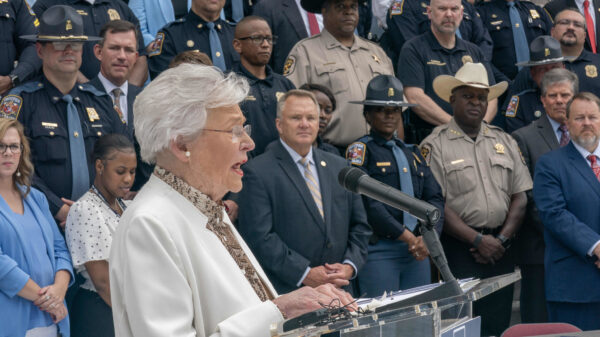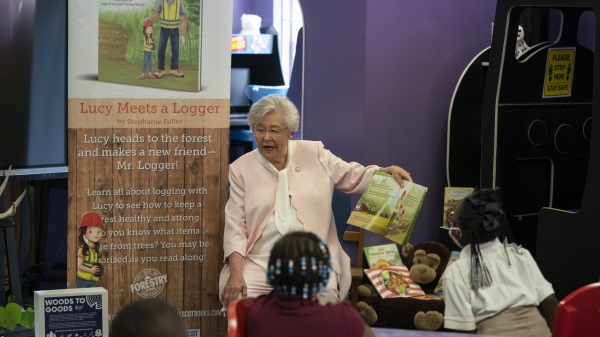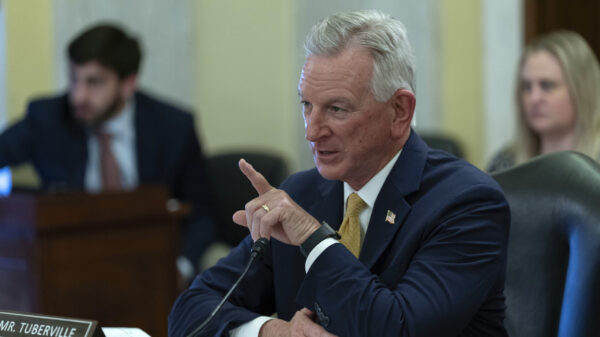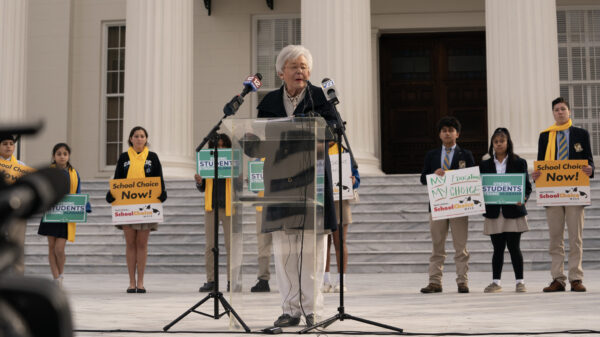According to a new state-by-state comparison released by the Annie E. Casey Foundation, Alabama students are gaining on their peers in fourth-grade reading and eighth-grade math.
The Annie E. Casey’s national 2023 Kids Count Data Book now ranks Alabama students 41st in the country in fourth-grade reading outcomes and 43rd in eighth-grade math. The state jumped six spots in both subjects.
However, Alabama’s improved rankings were not likely caused because student scores vastly increased; rather, the report found that Alabama students’ scores are more likely worsening at a slower pace than other states.
According to the report, 72 percent of fourth-graders scored below proficient reading levels in 2022, the same percentage who tested below proficiency in 2019. Eighty-one percent of eighth graders tested below proficient math levels—a two percent increase from the 2019 rate (79 percent).
The Kids Count Data Book is a 50-state report of recent household data compiled annually to track child wellbeing in the United States. Each year, the Data Book presents national and state data from 16 indicators in four domains — economic wellbeing, education, health, and family and community factors — and ranks the states according to how children are faring overall. This year, Alabama ranks 45th nationally for child wellbeing. New Hampshire, Utah, and Massachusetts rank first, second, and third; Mississippi, Louisiana, and New Mexico rank 48th, 49th, and 50th. Among the four domains, Alabama ranked best in education (39th).
VOICES for Alabama’s Children is the Annie E. Casey Foundation’s Kids Count grantee in Alabama.
“While Alabama may be moving up in the rankings compared to other states measured in this year’s KIDS COUNT Data Book, we are at best struggling to hold the line,” said Rhonda Mann, VOICES for Alabama’s Children’s Executive Director. “Overall, the wellbeing of children in Alabama stayed the same or worsened in 11 of the 16 indicators that the Casey Foundation tracks. Still, this stands in contrast to what children in many other states have experienced over the last few years, especially as it relates to education outcomes. State leaders should be proud of what they implemented to mitigate COVID disruptions, but as this report suggests, we still have a lot of work left to do.”
Among the highlights of this year’s Data Book, Alabama ranks in the top 20 in two indicators. The state ranks 3rd in the percentage of high school students not graduating on time (9 percent), and it ranked 15th in the rate of children without health insurance (5 percent).
Alabama is in the bottom five in three indicators: low birth-weight babies (10.4 percent), child and teen deaths per 100,000 (44 percent), and teen births (23 per 1,000 births).
“It is no surprise that children in Alabama, and across the country, struggled throughout the COVID pandemic,” Mann said. “Now that we are beginning to zero in on the areas where child wellbeing endured its biggest setbacks, we are better positioned to understand where to invest to reverse course. Child care is one of the most pressing areas needing help.”
Nationally, the Casey Foundation found that the U.S. economy is losing $122 billion a year because challenges finding safe and affordable child care that is compatible with their work schedules and commutes are causing parents to miss, quit or scale back work.
The Data Book reports that in 2020—21, 10 percent of children under age 6 in Alabama lived in families in which someone quit, changed, or refused a job because of problems with child care. And women are five to eight times more likely than men to experience negative employment consequences related to caregiving.
Even if parents can find an opening at child care near their home, they often can’t pay for it. Alabama’s average cost of center-based child care for a toddler was $7,501, 8 percent of the median income of a married couple, and 30 percent of a single mother’s income in the state.
While the cost of care burdens families, child care workers are paid worse than 98 percent of professions. Median national pay for child care workers was $28,520 per year or $13.71 an hour in 2022, less than the wage for retail ($14.26) and customer service ($18.16) workers.
“A good child care system is essential for kids to thrive and our economy to prosper. But our current approach fails kids, parents, and child care workers by every measure,” said Lisa Hamilton, president and CEO of the Annie E. Casey Foundation. “Without safe child care they can afford and get to, working parents face impossible choices, affecting not only their families, but their employers as well.”




















































